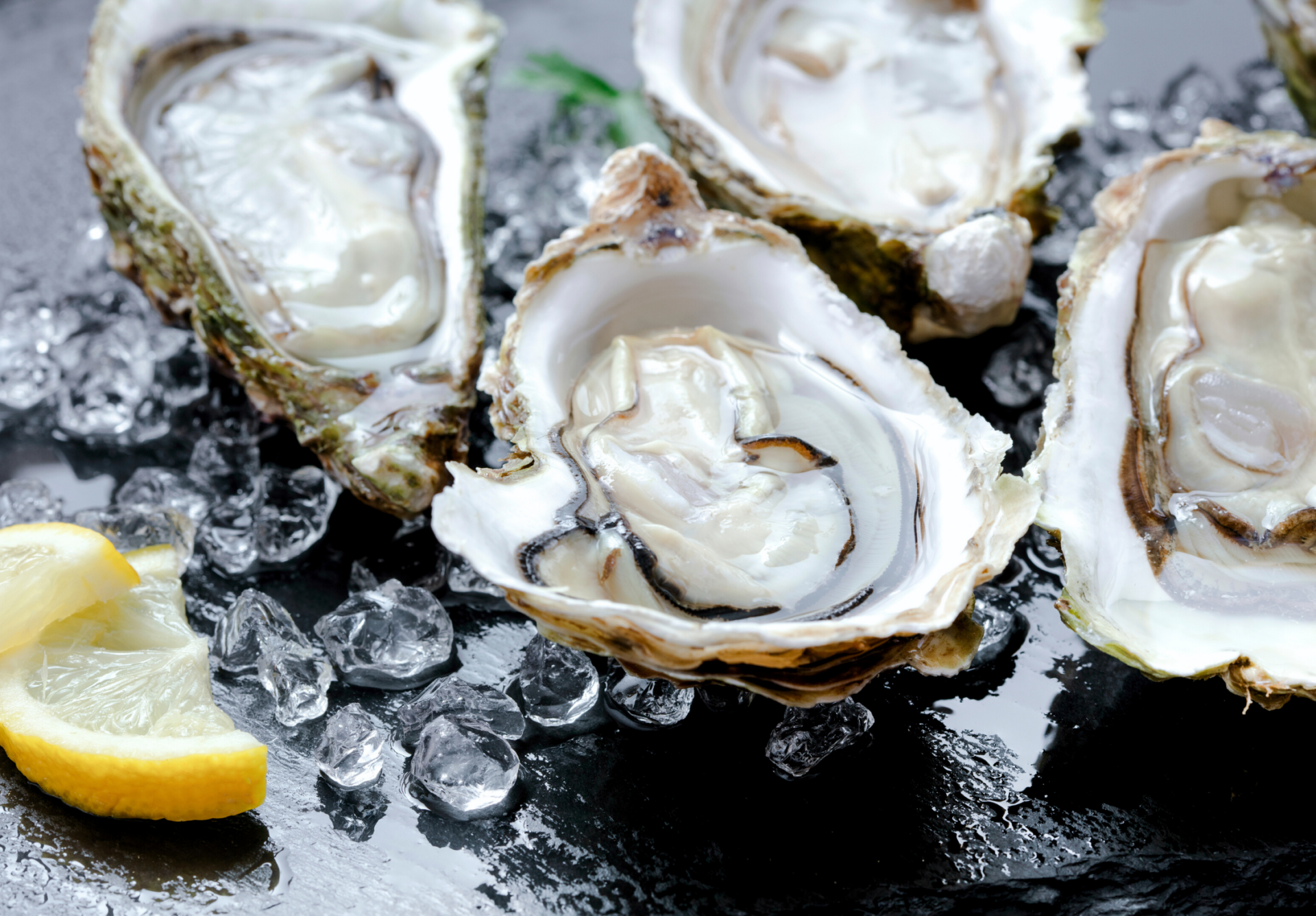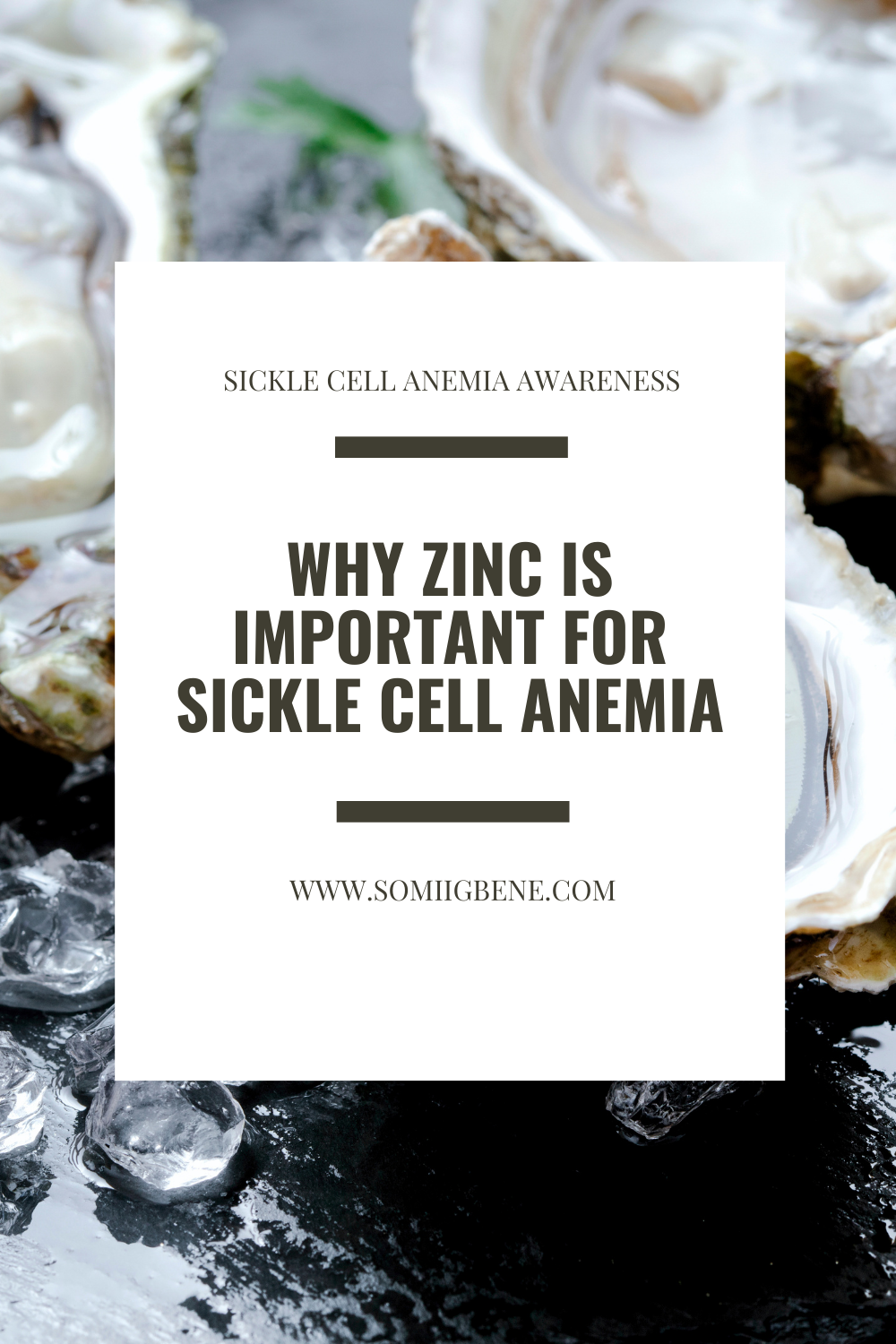
Zinc is vital for the proper functioning of the immune system and the production of proteins. Low levels of zinc can increase the severity of sickle cell anaemia. Keep reading to learn why zinc is important in sickle cell anaemia.
Zinc is an essential mineral and a crucial component of many enzymes in your body. It is classified as a critical mineral because a deficiency in it can compromise your health. Zinc plays a key role in immunity since it is important for the formation of white blood cells. It is also vital for the maintenance of vision, taste, smell, male sex hormones and prostate function. In men, infertility can sometimes be caused by a low sperm count due to zinc deficiency. Zinc is vital in maintaining healthy skin.
Symptoms of a zinc deficiency can include:
- Acne-like rash
- Diarrhoea
- Decreased appetite
- Delayed wound healing
- Weak immunity
- Reduced sense of taste and smell
- Hair loss
- Delayed growth and sexual development
- Impaired learning ability

Zinc in sickle cell anaemia
Scientists have been aware since 1975 that adult patients with sickle cell anaemia are deficient in zinc. Zinc deficiency is thought to occur because red blood cells are continuously being broken down, and they lose zinc when this happens. Sickle cell patients with zinc deficiency usually grow slowly, have slow sexual maturation, poor wound healing and poor immune function. However, studies show that zinc supplementation can reverse many of these abnormalities.
Individuals with sickle cell anaemia are very susceptible to infection. In fact, infection is the most common cause of death in children (particularly in Africa) under the age of five years with sickle cell anaemia. Children are prone to infection mainly because their spleens do not function properly, but also possibly because of their low zinc levels. Studies have shown that zinc supplements reduce the number of infections and pain crises adults and children with sickle cell anaemia experience. A study in Ugandan children is currently underway to determine if zinc supplementation can prevent infection in children under the age of five.
Based on these studies, it is clear that zinc has a crucial role in the severity of sickle cell disease. The current recommended intake of zinc for healthy children and adults is provided below. However, no studies have been done to show much zinc children and adults with sickle cell anaemia should be taking. Despite this, you can still get high quantities of zinc by eating a healthy diet.

Dietary sources of zinc
Zinc is present in both animal and plant foods. Good sources (per 100g) include:
- Oysters, fresh (148.7 mg)
- Pumpkin seeds (7.5 mg)
- Gingerroot (6.8 mg)
- Pecans (4.5 mg)
- Split peas, dry (4.2 mg)
- Brazil nuts (4.2 mg)
- Whole wheat (3.2 mg)
- Rye (3.2 mg)
- Oats (3.2 mg)
- Peanuts (3.2 mg)
- Lima beans (3.1 mg)
- Almonds (3.1 mg)
- Walnuts (3.0 mg)
- Buckwheat (2.5 mg)
It is much easier to absorb zinc from animal sources than it is from plant sources. This is because plants contain compounds called phytates (phytic acid) that bind to zinc and prevent it from behind absorbed in your intestines. It is a good idea to eat animal protein alongside plant foods that contain zinc (e.g. fish and beans) to increase zinc absorption. The protein in animal food solubilises the phytic acid, thereby releasing the zinc and allowing your body to absorb it.
How to increase your Zinc intake
- Include oysters in your diet, they are the richest source of zin. Three medium oysters contain approximately 15 mg of zinc.
- Add nuts and seeds to your breakfast oatmeal. Oatmeal, nuts and seeds are very good sources of zinc
- When eating plant foods that contain zinc, try to include an animal source of protein. The protein binds the phytic acid contained in the plant food and makes the zinc more available. If you eat oatmeal, for example, eat it with yoghurt. If you’re eating beans, include fish, chicken or any or animal protein of your choice.
References
- Niell H, et al., (1979) Zinc metabolism in sickle cell anaemia. JAMA; 242(24):2686—2687.
- Gupta V and Chubey B (1995) Efficacy of zinc therapy in prevention of crisis in sickle cell anaemia: A double-blind, randomised controlled clinical trial. J Assoc Physicians India; 43(7):467—469.
- Vijenthir A, et al. (2012) Vitamin D and zinc deficiency associated with increased pain episodes in children with sickle cell disease. Blood; 120(21):3237
- Hasanato R (2006) Zinc and antioxidant vitamin deficiency in patients with severe sickle cell anaemia. Ann Saudi Med; 26(1): 17—21.
- Prasad A (2002) Zinc deficiency in patients with sickle cell disease. Amm J Clin Nutr; 75(2):181—2


The Comments
Ernest Balogun Pratt
I have sickle cell trait. I have now learned that zinc is helpful to me. this is a big breakthrough for me. What else do you think can be of help to me. I’m 52 years old.